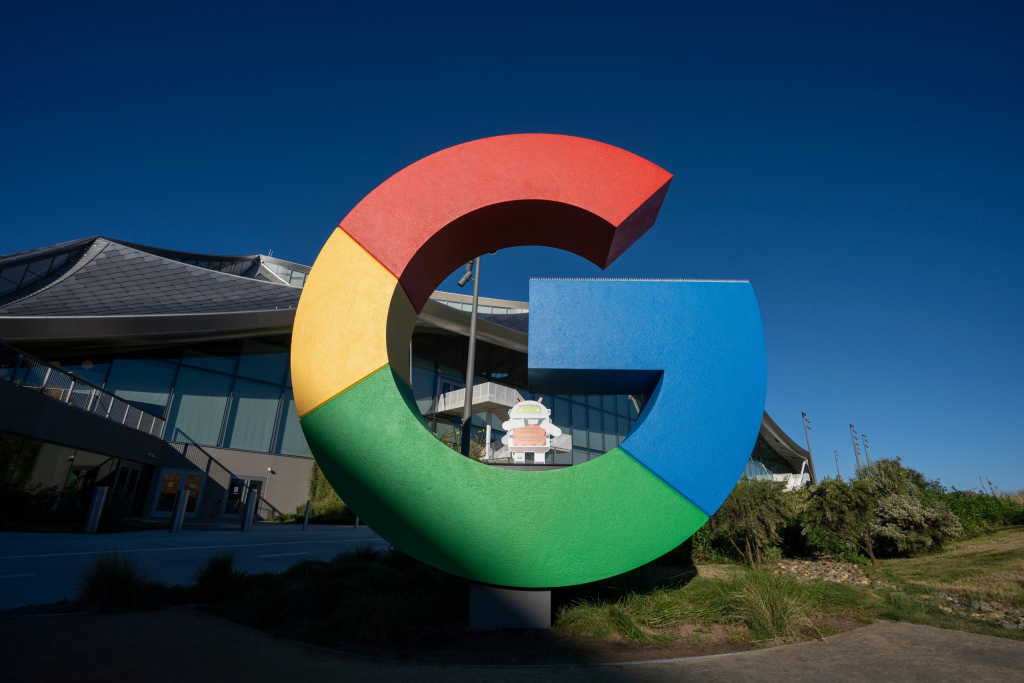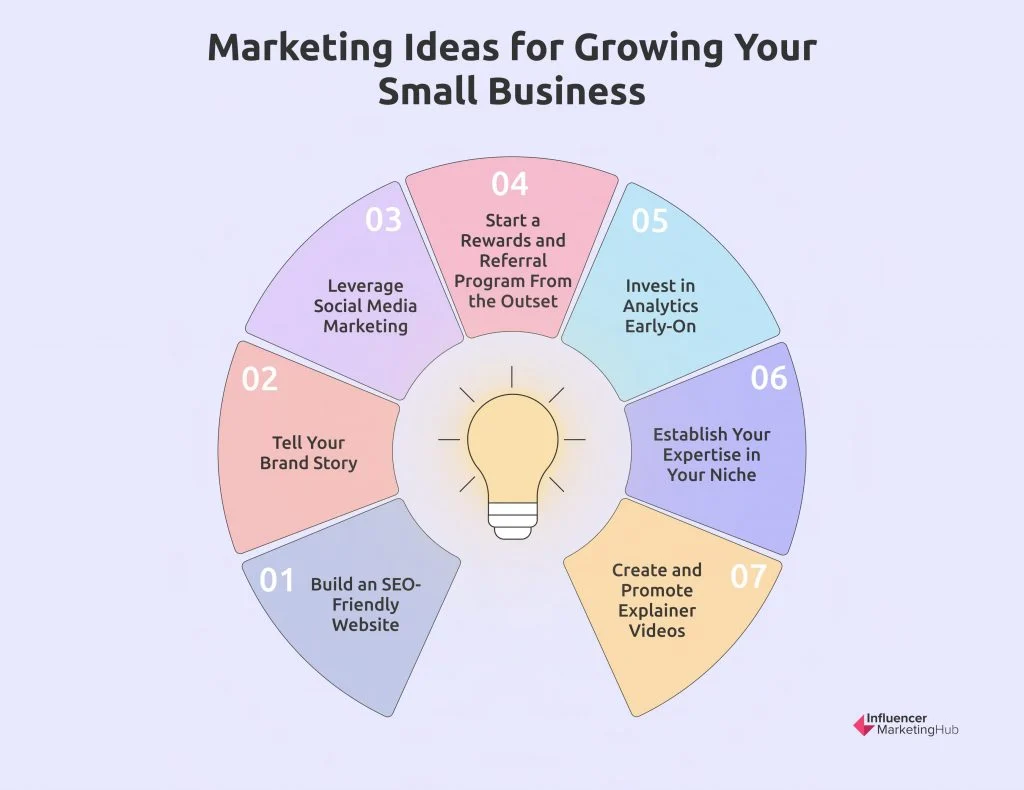The recent Google antitrust ruling marks a watershed moment in the ongoing battle against digital monopolies. A federal judge’s decision deemed that Google held an illegal monopoly over key advertising technology sectors, such as publisher ad servers and the ad exchange market. This ruling could significantly transform the landscape of online advertising, an industry that heavily influences how websites generate revenue. With Google’s practices under intense scrutiny, the implications of this antitrust scrutiny resonate throughout the media and advertising sectors. As experts predict a reshuffling of power dynamics, the tech giant’s hold on advertising technology may face substantial challenges moving forward.
This landmark ruling against Google, often referred to as the tech giant’s monopoly on digital advertising, signals a pivotal shift in how advertising technology is regulated. The judgment highlights concerns over the fairness of ad exchange markets and the measures taken by Google to maintain dominance within them. Advocates for competition in the online space argue that such maneuvers have hindered the ability of publishers’ ad servers to thrive independently, resulting in reduced revenues for creators. As regulators intensify their focus on antitrust laws, this case could serve as a catalyst for broader reforms within the advertising industry. Ultimately, the ruling amplifies the conversation around the ethical implications of large corporations controlling vital technology that underpins the economy of the internet.
Google’s Monopoly on Advertising Technology: What the Ruling Means
The recently announced ruling by Judge Leonie Brinkema challenges Google’s long-standing dominance in the advertising technology sector. This decision, which identifies Google’s monopolistic practices particularly in publisher ad servers and the ad exchange market, signifies a turning point in the digital advertising industry. Publishers have been at the mercy of Google’s extensive ad tech ecosystem, which has often left them with little leverage and shrinking profits. With Google’s control over key advertising channels, it has stifled competition, leading to a lack of innovation and reduced revenue for content creators.
Moreover, the ruling raises significant questions about the future of online advertising as it emphasizes the need for reform in the sector. The element of competition that the judge seeks to restore could lead to better outcomes for both publishers and advertisers. Companies that have long relied on Google’s integrated suite of tools may now explore alternatives, potentially diversifying the ad tech landscape. If the ruling leads to a restructuring of Google’s power, it could spell better returns for publishers and lower costs for advertisers, which could invigorate the entire ecosystem.
Understanding Antitrust Laws in the Context of Google
Antitrust laws serve as the foundation for maintaining competition within various markets, including digital advertising. The recent legal proceedings against Google highlight the government’s commitment to reinforcing these laws, especially in relation to big technology firms that may abuse their market position. The ad exchange market, where supply and demand for advertising space intersect, is particularly affected by monopolistic practices that prevent fair competition. With the Justice Department alleging that Google’s actions have harmed both publishers and advertisers, the case stands as a vital illustration of how antitrust laws can be enacted to protect market integrity.
Understanding the intricacies of antitrust laws helps better grasp the ramifications of the Google case. It’s clear that monopolistic behavior can lead to unfavorable market conditions, like inflated ad prices for marketers and diminished revenue streams for publishers. By emphasizing the need for compliance with antitrust regulations, the ruling sends a message that companies holding dominant positions must operate fairly and transparently. Should further scrutiny and reform arise from this case, it might encourage a healthier environment for competition in advertising technology.
The Impact of the Google Antitrust Ruling on Digital Publishers
The recent ruling has been welcomed by many in the media industry, highlighting the devastating impact Google’s monopoly has had on digital publishers. Often forced to rely heavily on Google’s ad technologies, these publishers have seen their ad revenues dwindle as the search giant reaps the majority of profits from online advertising. With the judge’s ruling suggesting possible remedies aimed at restoring competition, there is hope among publishers that they could regain a more favorable market position. This shift could enable them to negotiate better deals and explore more diverse avenues for ad revenue very much needed to sustain quality journalism.
Furthermore, the ruling may empower other players in the advertising technology space to innovate and compete more effectively against Google. A more competitive landscape could lead to advancements in ad products and services, benefiting everyone involved, from advertisers to end-users. By alleviating the concentration of power held by Google, this decision could inspire better funding opportunities for media organizations, which have increasingly struggled to balance operational costs and content creation.
The Future of Advertising Technology after the Google Ruling
The future of advertising technology holds both uncertainty and potential following the Google antitrust ruling. As the court weighs potential remedies to address Google’s monopolistic behavior, it could lead to significant changes within the industry. Depending on the judge’s decisions, we may see the establishment of new competitors, which can disrupt the market currently dominated by Google’s offerings. This shift is crucial for reviving innovation and driving competition that benefits all stakeholders in the ad tech ecosystem.
In this evolving landscape, advertisers may find themselves with more options to choose from, thereby increasing the competition for ad space and driving prices down. The potential for new entrants into the market could increase diversity in advertising technology solutions available to publishers, enabling them to regain control over their ad strategies. However, while hope for a revitalized ad tech industry abounds, the actual implementation of changes stemming from this ruling will determine the long-term effects, making it a pivotal moment in the digital advertising landscape.
Google’s Response to Antitrust Allegations: A Defense and a Strategy
In response to the antitrust allegations, Google has adopted a multi-faceted legal strategy. The company’s attorneys argue that there are viable competitors within the digital advertising market, emphasizing their view that Google provides an efficient and effective suite of ad tools that publishers opt into willingly. This stance underscores Google’s assertion that its dominance in the ad tech space is due to consumer preference rather than anti-competitive practices. Nonetheless, this perspective has received pushback from industry experts and antitrust officials who highlight the detrimental effects of Google’s monopolistic tactics.
Moreover, Google’s rebuttal points to its acquisitions of companies like DoubleClick and Admeld, asserting that these purchases enhanced their ad tech capabilities and benefited users. However, the ruling challenges this narrative, suggesting that these actions contributed to a significant reduction in competition in essential ad markets. Google now faces a critical juncture as it plans to appeal the ruling, signaling an ongoing conflict between its business operations and regulatory expectations.
The Role of Publishers in a Post-Google Advertising Landscape
Publishers will undoubtedly play a central role in shaping the post-Google advertising landscape. If the judge’s ruling leads to increased competition in the advertising technology sector, publishers may have the opportunity to experiment with different technologies and partners to optimize their ad revenues. This newfound flexibility can allow publishers to tailor their advertising strategies to better meet the needs of both their audiences and advertisers, potentially leading to more sustainable revenue models that bolster journalism.
As the industry evolves, it will be critical for publishers to remain adaptable. They will likely need to adopt new technologies and practices to navigate a more competitive landscape and make informed decisions regarding which advertising methods best serve their interests. This could also involve forging partnerships with emerging ad tech firms and innovative platforms that facilitate better revenue opportunities without the monopolistic constraints previously imposed by Google.
The Digital Advertising Ecosystem: Trends and Changes Ahead
The digital advertising ecosystem is undergoing a transformative phase largely due to the recent antitrust ruling against Google. As industry stakeholders assess the implications of this pivotal decision, noticeable shifts may emerge in how advertising technology operates. Emerging players may seize the moment to fill the gaps left by Google’s dominance, encouraging a more diverse array of services and options for publishers and advertisers alike. This change will be significant, especially for smaller firms aiming to navigate a previously monopolized market.
Additionally, trends towards data privacy and user consent are driving changes in the digital advertising landscape. As consumers become more conscious of the data being collected and how it’s used, companies will need to adapt their strategies to be more transparent and respectful of user information. The ruling against Google may press the industry towards adopting practices that prioritize consumer interests while still allowing for effective ad targeting. This evolving dynamic will require constant adaptation from all players within the digital advertising ecosystem.
Regulatory Environment: The Growing Scrutiny of Big Tech
The regulatory environment surrounding big tech companies like Google is intensifying, fueled by increasing public concern over data privacy, user rights, and market monopolization. Governmental bodies, such as the U.S. Justice Department, are taking a more aggressive approach in scrutinizing practices that hinder competition and harm consumers. The ruling against Google’s advertising technology monopoly exemplifies how regulatory efforts are evolving and the increasing willingness to challenge powerful companies that dominate their respective markets. This growing scrutiny could signal a shift in how technology companies operate, instigating broader compliance with fair competition standards.
The current regulatory landscape bears watching as additional litigation, policies, and reforms take shape in response to the ruling against Google. Should success stories emerge from these initiatives, we may see a transformation in how big tech firms interact with their users and fellow businesses. The road ahead will likely see an increase in legislative proposals aimed at promoting fair competition and protecting consumer interests, potentially reshaping the digital economy in profound ways.
Implications of Google’s Legal Challenges on Future Antitrust Cases
The implications of Google’s legal challenges extend beyond just the current ruling; they may significantly influence future antitrust cases involving other tech giants. As the legal landscape unfolds, companies will be closely monitoring how the ruling affects Google’s operations and market approach. The outcome could serve as a precedent for similar cases against other dominant players in the tech space, paving the way for a new era of antitrust enforcement. Stakeholders in the digital advertising market will need to remain vigilant as the evolving legal dynamics could have broad impacts on competitive practices within the industry.
Additionally, this case could galvanize a reinvigorated focus on antitrust enforcement across various sectors. Observers may witness a heightened urgency from regulators to address monopolistic practices and instill fair competition across the board. The increased legal scrutiny of large tech firms may lead to more robust discussions around regulation, creating an environment where companies need to be mindful of their market behaviors moving forward. This could also inspire advocacy for consumers and small businesses alike, as the fight against monopolistic tendencies gains momentum.
Frequently Asked Questions
What are the implications of the recent Google antitrust ruling regarding its monopoly in advertising technology?
The recent Google antitrust ruling has significant implications for the advertising technology market. A federal judge determined that Google holds an illegal monopoly over key areas like publisher ad servers and the ad exchange market. This ruling is poised to reshape the online advertising industry, potentially leading to increased competition that may benefit both publishers and advertisers.
How does the Google antitrust ruling affect publisher ad servers?
The Google antitrust ruling directly impacts publisher ad servers by recognizing Google’s monopolistic practices in this area. The ruling could lead to changes that allow publishers more freedom to choose ad technologies, possibly increasing their ad revenue and improving the overall ecosystem of digital advertising.
What role do antitrust laws play in the Google antitrust ruling?
Antitrust laws are crucial to the Google antitrust ruling as they provide the legal framework to identify and combat monopolistic practices. The judge’s decision highlights how Google’s conduct violated these laws by undermining competition in both the publisher ad server and ad exchange markets, ultimately harming consumers and content creators.
Will Google appeal the antitrust ruling affecting its ad exchange market?
Yes, Google plans to appeal the antitrust ruling affecting its ad exchange market. Despite the court’s decision that found Google maintaining an illegal monopoly, the company aims to overturn aspects of the ruling, particularly those impacting its publisher tools and perceived competition.
How might the Google antitrust ruling influence the future of the ad exchange market?
The Google antitrust ruling may significantly influence the ad exchange market by prompting structural changes aimed at increasing competition. With the court’s recognition of Google’s monopolistic practices, future regulations could enable smaller competitors to gain footholds in the market, potentially leading to better pricing and options for advertisers and publishers alike.
What concerns do experts have regarding the Google antitrust ruling’s impact on online journalism?
Experts express concerns that while the Google antitrust ruling could restore competition in advertising technology, its ultimate impact on online journalism will depend on the specific remedies implemented. If properly addressed, increased competition may enhance publishers’ revenue, allowing them to produce high-quality journalism, which has been threatened by Google’s monopoly.
Could the antitrust ruling result in changes to Google’s advertising practices?
Yes, the antitrust ruling could result in changes to Google’s advertising practices. The judge may mandate Google to adjust its policies that currently tie its publisher ad server to its ad exchange, potentially allowing publishers to explore alternative ad tech solutions, fostering a more competitive advertising landscape.
| Key Point | Details |
|---|---|
| Judge’s Ruling | A federal judge ruled that Google held an illegal monopoly over publisher ad servers and the ad exchange market. |
| Impact on Online Advertising | The ruling could reshape the online advertising industry and improve conditions for publishers and advertisers. |
| Competition Restoration | Potential remedies could include altering Google’s practices or even divesting certain acquisitions. |
| Government’s Stance | The ruling reflects the U.S. government’s ongoing efforts to curb Big Tech’s influence and promote competition. |
| Response from Industry | Media industry stakeholders have welcomed the ruling but are cautious about the actual impact on competition. |
Summary
The Google antitrust ruling marks a pivotal moment in the ongoing battle against monopolies in the tech industry. By declaring Google to have an illegal monopoly over critical advertising technology, regulators aim to foster a more competitive landscape that benefits both publishers and consumers alike. This landmark decision underlines the U.S. government’s commitment to dismantling the traditional structures of power held by Big Tech companies, ensuring that the digital advertising ecosystem remains vibrant and equitable.



